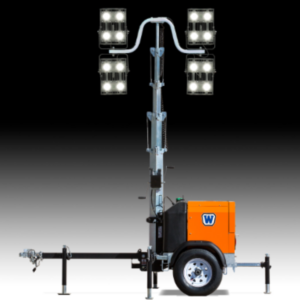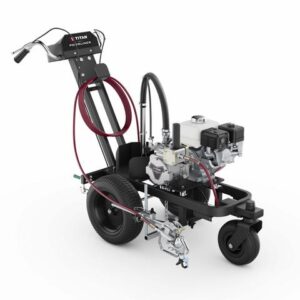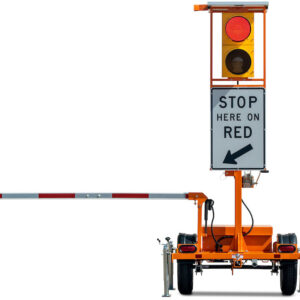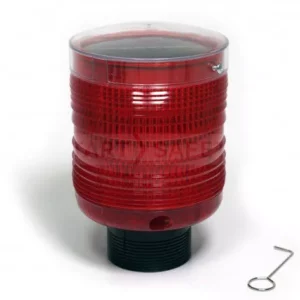Traffic Drum Rental
- Our rentable traffic drums are equipped with DOT Approved sheeting and (4) EA 6-inch wide reflective stripes, featuring two bright orange and two white panels for superior visibility. It’s 39.7″ tall and comes with a rubber tire ring base. This unit complies with NCHRP350 for channelizing devices, meets MUTCD standards, and is MASH and MDOT-approved.
How to Rent Traffic Drums From NatCap
Request a quote on our website or call our team to place your order, use the traffic barrels for your specific work zone needs, and then return the equipment to one of our four United States locations. NatCap can also arrange delivery and pick-up of equipment for a fee. Talk to our team when you get your price estimate to coordinate this. We’re happy to answer any questions.
Our equipment rental rates are calculated daily. Typically, the cost per day decreases as the rental period extends. Options include renting on a daily, weekly, or monthly basis. You’re welcome to keep the equipment as required for your construction site, and we’ll inform you if the total rental expense surpasses the purchase price. If you are preparing bids for projects, we can discuss special rates that deviate from our standard daily, weekly, and monthly pricing structure.

For Traffic Drum only the Price is:
1-49 units
- $1.26 per day
- $75 minimum
For Traffic Drum with Type "B" Lights the Price is:
1-49 units
- $1.33 per day
- $133 minimum
When to use Traffic Drums
Our construction barrels are used for traffic control to protect road users. Especially on high speed roadways, indicating a change in traffic flow is crucial. In non-roadway applications, traffic drums can be used to manage pedestrian flow during events, providing a physical barrier that directs movement and enhances safety.

Features of NatCap's Traffic Drums
Our traffic drums come with a thick recycled rubber base to withstand high wind speed and other poor weather conditions. The rubber ring is designed to minimize rolling after vehicle impact and the top comes with a comfortable gripped handle. Our models are low density polyethylene and are configured for efficient stacking and storage. The reflective sheeting makes these traffic safety products ideal for various work activities.

Renting Locations
FAQs
What's the difference between traffic cones and traffic drums?

Traffic cones are lighter and more portable, often used for quick, temporary traffic directions due to their ease of movement. Traffic drums are larger and more stable, better suited for long-term use in high-traffic areas or where greater visibility and durability are required.
How heavy are these traffic drums?

Our traffic drums weigh 8 lbs on their own and 24 lbs with the rubber tire ring.
Can I Rent Equipment For Multiple Projects Or Locations At One Time?

Yes, you can rent equipment for various projects and sites. There is no restriction on the extent or number of rentals – simply place your order and the equipment will be available for your use. Moreover, for added convenience, the rented equipment can be returned to any one of our locations.
How many traffic drums do I need for a project?

The number of traffic drums required per project depends on several factors, including the length of the area to be marked, the specific layout of the road or work zone, local regulations, and the level of traffic expected. Generally, traffic drums should be spaced closely enough to clearly guide traffic and provide continuous delineation, typically around 20 to 40 feet apart, but exact spacing can vary based on jurisdictional guidelines and the specific conditions of the project.


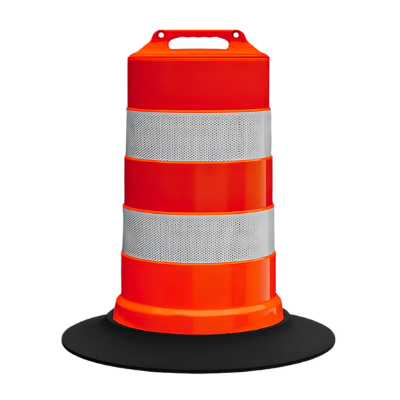

 Delaware Area
Delaware Area 


